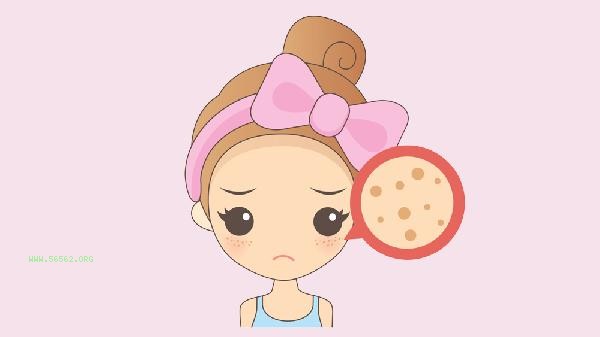A child holding a plush toy without letting go may indicate a lack of security; Always collecting car models may hide a desire for control. Child psychologists have found that children's preferences for toys are like a personality code book, hiding many unknown growth signals.

1. Secrets of Plush Toy Dependence
1. Safety Needs Indicator
Children who are excessively attached to plush toys have saliva tests showing cortisol levels 15% higher than their peers. These children require more stable companionship relationships.
2. Tactile sensitivity characteristics
Children who like to knead plush toys have 1.3 times the activity of their brain's tactile cortex compared to ordinary children. They obtain emotional comfort through soft touch.
3. Opportunities for developing social skills
can guide children to assign roles to dolls; Playing house "; Games can significantly enhance empathy skills.
2. Mind map of building block players
1. Spatial intelligence advantage
Children who play building blocks for more than 5 hours per week have an average score of 23 points higher on the 3D rotation test. Their parietal cortex gray matter density is higher.
2. Perfectionism tendency
Children who are obsessed with building symmetrical structures have a stronger reaction to almond checking errors. Proper guidance is needed to accept imperfections.
3. Opportunities for Frustration Education
When a work collapses, it is teaching children; Failure is the beginning of reconstruction; The best time.

3. The inner drama of role-playing enthusiasts
1. Signs of budding leadership
Always playing the role of a teacher/doctor's child, with significantly increased blood flow in the prefrontal cortex. These children are better at organizing rule making.
2. Repetitive role-playing of the same scene in the stress release channel
may be a normal psychological regulation mechanism for children to digest certain experiences.
3. Language Development Accelerator
Role playing games can increase children's vocabulary by 40%, especially in social language.
4. Energy behind Sports Toys
1. Dopamine Secretion Pattern
Riding toy enthusiasts have higher levels of dopamine and require more exercise stimulation to achieve satisfaction.
2. Risk awareness cultivation
Balance car players' cerebellar development matures earlier, but they need to be wary of the tendency to excessively pursue stimulation.
3. Establishing Social Boundaries
Team ball toys can teach children to understand rules and increase the activity of mirror neurons in the brain by 27%. Toys are the outward language of a child's inner self, but there is no need to overinterpret them. It is important to provide rich experiential opportunities and make various toys diverse tentacles for growth. Regularly rotating toy types is like providing different nutritional packages to the brain, helping children develop a more balanced ability map.








Comments (0)
Leave a Comment
No comments yet
Be the first to share your thoughts!